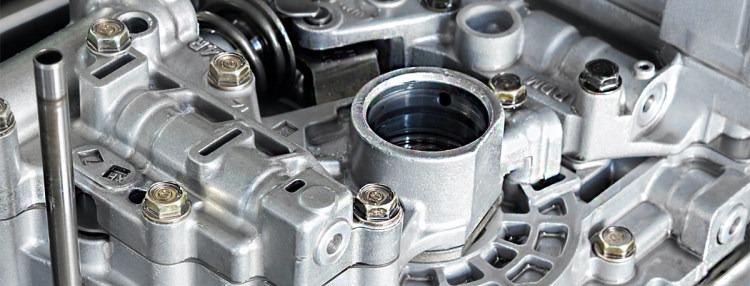CNC machining offers a vast array of finish options for parts, allowing you to achieve the desired aesthetics, functionality, and performance characteristics. Here's a breakdown of the different types of finishes you can achieve:
Surface Finishes
l As-machined: This is the raw surface finish left after machining, with visible tool marks and varying degrees of roughness. It may be suitable for functional parts where aesthetics are not critical.
l Polishing: Mechanical or chemical polishing removes tool marks and creates a smooth, reflective surface. It enhances aesthetics and can improve corrosion resistance.
l Brushing: Creates a directional brushed satin finish using abrasive brushes. Offers a more subtle sheen than polishing and can hide minor imperfections.
l Bead blasting: Tiny glass or plastic beads are blasted onto the surface, creating a matte finish with improved surface adhesion and fatigue resistance.
l Vibratory finishing: Parts are tumbled with abrasive media in a vibrating container, creating a smooth, deburred finish with a soft touch.
Coating and Plating
l Anodizing: Creates a protective oxide layer on aluminum parts, enhancing corrosion resistance, wear resistance, and electrical insulation. Offers a variety of colors and finishes.
l Powder coating: Dry powder particles are electrostatically applied and then cured into a durable, colorful, and weather-resistant coating.
l Electroless plating: Deposits a thin layer of metal (nickel, chrome, etc.) onto the part for improved corrosion resistance, wear resistance, and conductivity.
l Electroplating: Similar to electroless plating but uses an electric current to deposit the metal layer. Offers thicker coatings and wider material options.
Factors to Consider When Choosing a Finish
l Material: Different materials respond differently to various finishes. Consult with a finishing specialist to ensure compatibility.
l Desired aesthetics: Consider the visual appeal and desired level of shine or texture.
l Functionality: Do you need improved corrosion resistance, wear resistance, or other performance properties?
l Cost: Different finishes have varying costs, so factor this into your budget.
l Environmental impact: Some finishes have a higher environmental impact than others. Choose eco-friendly options whenever possible.
By understanding the different types of finishes and their properties, you can select the most suitable option for your CNC machined parts, ensuring optimal performance and aesthetics.

